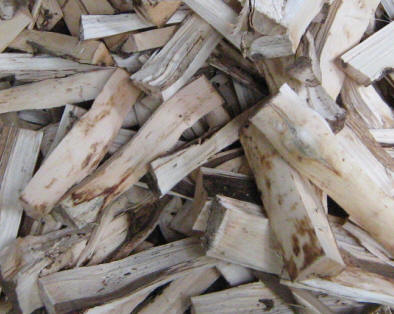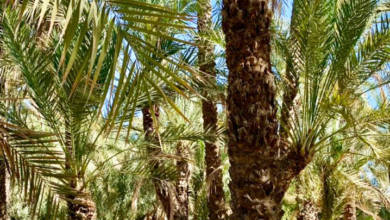UAE Stories and Cultural Learning: Oud
Agarwood, aloeswood, eaglewood or gharuwood is a fragrant dark resinous wood used in incense, perfume, and small carvings. It is formed in the heartwood of aquilaria trees when they become infected with a type of mold (Phialophora parasitica).
The first recorded use of oud dates back to at least 1400 B.C.E and has continued throughout human history. There have been numerous references made in religious texts, poetry and pharmacopoeia.
Before infection, the heartwood is odourless, relatively light and pale coloured. However, as the infection progresses, the tree produces a dark aromatic resin. This is called aloes or agar and is also known as gaharu, jinko, oud, or oodh aguru (not to be confused with bukhoor). The result is a very dense, dark, resin-embedded heartwood. The resin-embedded wood is valued in both East and South Asian cultures for its distinctive fragrance and is used for incense and perfumes.
One of the main reasons for the relative rarity and high cost of agarwood is the depletion of the wild resource. Since 1995, Aquilaria malaccensis, the primary source, has been listed in Appendix II (potentially threatened species) by the Convention on International Trade in Endangered Species of Wild Fauna and Flora. In 2004, all Aquilaria species were listed in Appendix II. However, a number of countries have outstanding reservations regarding that listing.
First-grade agarwood is one of the most expensive natural raw materials in the world. In 2010, prices for superior pure materials were as high as US$100,000/kg. Although in practice adulteration of the wood and oil is common, allowing for prices as low as US$100/kg.
Product Quality
The aromatic qualities of agarwood are influenced by many things. The species, the geographic location, its branch, trunk and root origin, length of time since infection, and methods of harvesting and processing.
A whole range of qualities and products are on the market. The odour of agarwood is complex and pleasing, with few or no similar natural analogues. As a perfume, the fragrance is mainly characterized by notes of “oriental-woody” and “very soft fruity-floral”. Additionally, incense smoke features a “sweet-balsamic” note as well as amber (not to be confused with ambergris).
As a result, agarwood and its essential oil have gained great cultural and religious significance in ancient civilizations around the world. It was described as a fragrant product as early as 1400 BCE in the Vedas of India.
Photo attribution: Hafizmuar at English Wikipedia, CC BY-SA 3.0 via Wikimedia Commons





